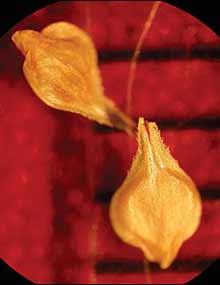

Missouri Weed Seeds, Page 21
Reviewed
Missouri is home to more than 200 species of sedges (Cyperaceae). Agronomically, yellow nutsedge, Cyperus esculentus, is considered to be the most problematic in prevalence of this family of plants.

Calibrating Manure Spreaders
Reviewed
Land application is the primary means of using livestock wastes in Missouri. Properly spreading manure on cropland is an environmentally acceptable means of managing wastes and, at the same time, realizing a benefit from the manure's fertilizer value.
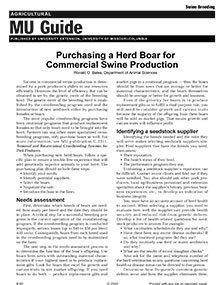
Purchasing a Herd Boar for Commercial Swine Production
Reviewed
Selecting the right herd boar is crucial for enhancing genetics in commercial swine production. This guide outlines key steps for successful boar acquisition.
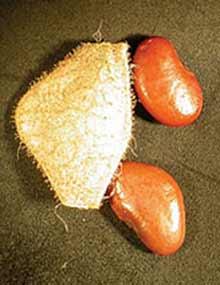
Missouri Weed Seeds, Page 24
Reviewed
Fabaceae (Pea family), the legume family, is one of the largest groups of broadleaf plants. Common members include clovers and various beans and peas.
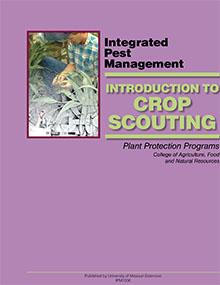
Introduction to Crop Scouting
Reviewed
Editor's note
The following abstract describes a publication that is available only as a downloadable PDF.
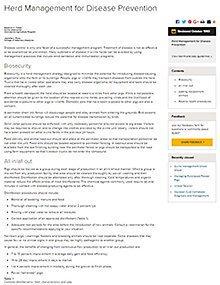
Herd Management for Disease Prevention
Reviewed
This publication provides guidance on preventing disease in swine herds through biosecurity measures, sanitation, and immunization programs.
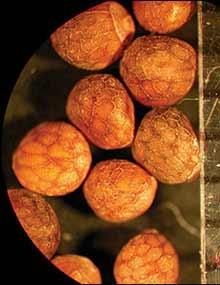
Missouri Weed Seeds, Page 27
Reviewed
Common members of Lamiaceae (Mint family) not shown in this guide are henbit and purple deadnettle, which are two of the most prevalent winter annuals in Missouri.
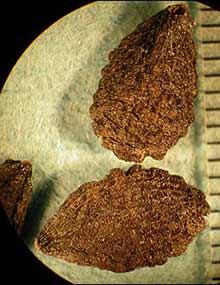
Missouri Weed Seeds, Page 30
Reviewed
Devil’s-claw, also known as unicorn plant, is the only known species of Martyniaceae (Unicorn-plant family) to be present in Missouri.
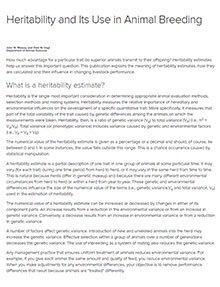
Heritability and Its Use in Animal Breeding
Reviewed
Heritability has a large influence on livestock performance. Visit our website to learn about Heritability and Its Use in Animal Breeding.
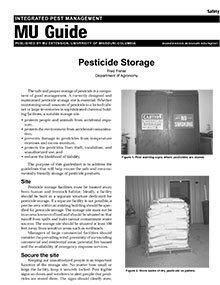
Pesticide Storage
Reviewed
Learn guidelines to ensure the safe and environmentally friendly storage of pesticides.

Dust, Odor and Gas Control in Swine Finishing Barns Through Oil Sprinkling
New
Sprinkling soybean oil in swine barns reduces dust, ammonia, and odors, improving air quality for workers and animals at a low cost per pig.
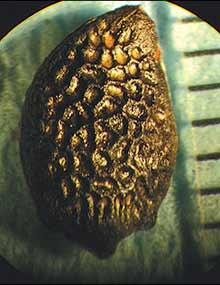
Missouri Weed Seeds, Page 33
Reviewed
Although about 18 genera of Passifloraceae (Passionflower family) are known, only one genus is known to be present in Missouri.
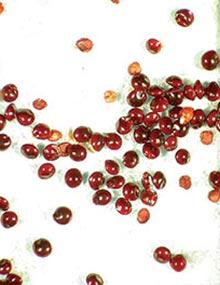
Missouri Weed Seeds, Page 04
Reviewed
In Missouri the amaranths (pigweeds) make up the vast majority of plant genera that occur within this family.
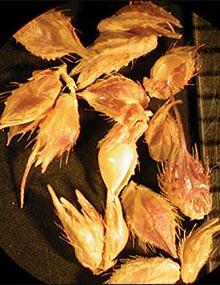
Missouri Weed Seeds, Page 36
Reviewed
About 270 species of Poaceae (Grass family), true grasses, are found in the state. Many species are economically important, including corn, wheat, sorghum, rye, fescue, oats, rice, barley and various millets.

Missouri Weed Seeds, Page 07
Reviewed
The Dogbane family (Apocynaceae) has relatively few members that occur in Missouri.

Missouri Weed Seeds, Page 39
Reviewed
Ranunculaceae (Buttercup family), a rather large group of plants, is best known for buttercups, of which there are nearly 20 species in Missouri. Clematis is another fairly common plant genus occurring in this family.
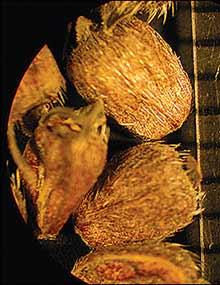
Missouri Weed Seeds, Page 42
Reviewed
Rubiaceae (Madder family) is a large family of plants with about 600 genera; there are about eight genera present in Missouri. The genus Galium is the largest in this state with at least 11 species, including a common winter annual, catchweed bedstraw.
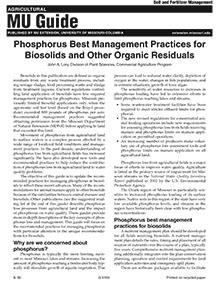
Phosphorus Best Management Practices for Biosolids and Other Organic Residuals
Reviewed
Learn practices to manage phosphorus in biosolids, minimize environmental impact, and protect water quality using updated nutrient management strategies.

Missouri Weed Seeds, Page 10
Reviewed
Asteraceae, the aster family is the largest and most diverse family of broadleaf plants in Missouri. Its members include various species of goldenrod, sunflower and thistle.
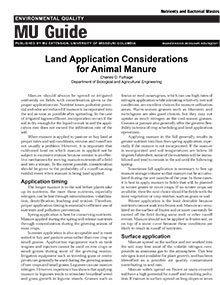
Land Application Considerations for Animal Manure
Reviewed
Learn best practices for land applying animal manure to minimize nutrient loss, reduce pollution, and protect water quality.
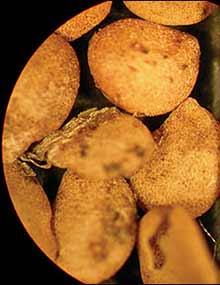
Missouri Weed Seeds, Page 45
Reviewed
This page details common weed species in Missouri's nightshade family, including seed images with millimeter rulers for scale.
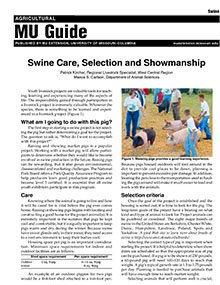
Swine Care, Selection and Showmanship
Reviewed
Guide for youth on swine projects: setting goals, selecting pigs, providing care, ensuring proper nutrition, and mastering showmanship techniques.
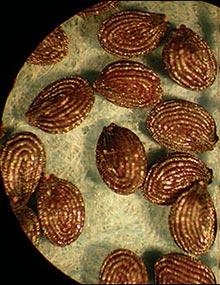
Missouri Weed Seeds, Page 13
Reviewed
Explore the Brassicaceae (Mustard) family, one of Missouri's largest plant groups, including common species like yellow rocket and wild mustard.
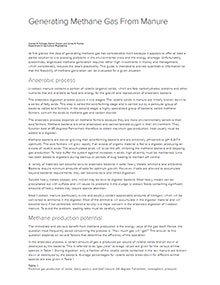
Generating Methane Gas From Manure
Reviewed
Did you know that you can generate methane gas from manure? Visit our site to learn about Generating Methane Gas From Manure.
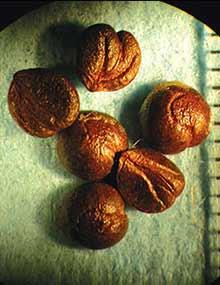
Missouri Weed Seeds, Page 48
Reviewed
Information about grape family weed seeds, including Virginia creeper and raccoon grape, with images and millimeter-scale references.